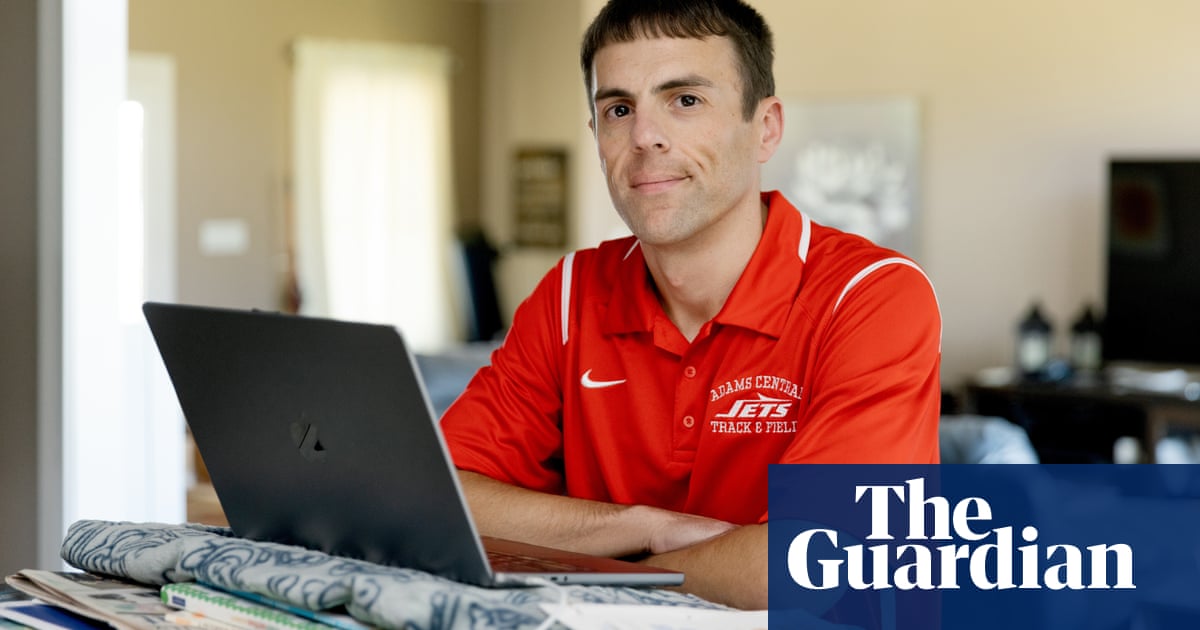
y mid-May, the Indian state of Kerala had contained the first wave of Covid-19, earning praise for the quick thinking and joined-up response of its health minister, KK Shailaja, and her team. By July, however, there were suggestions that those plaudits had been premature, and that Kerala’s Covid-19 response had come unstuck. Had it?
Shailaja Teacher – as the 64-year-old minister is affectionately known – had been expecting a surge in infections once India’s lockdown was lifted later in May. Kerala, home to 35 million people, has the country’s most robust health systems, but it is one of India’s poorer states, with one of its oldest populations. About 17% of workers leave to find jobs in neighbouring states, and there were fears about what would happen when, inevitably, these migrants returned. The authorities knew they could not keep Kerala’s borders shut or, given that the state relies on imports, keep it isolated from its neighbours.
Realising how vulnerable her population was, Shailaja’s strategy was to delay the coming peak, giving the state time to prepare, so that that peak would be lower. Speaking on a World Health Organization panel on 23 June, she said that her target was to limit the case fatality rate (CFR) to below 2% and the basic reproduction number (AKA the R rate, a measure of the disease’s ability to spread) to below one. “This is to ensure that we don’t have a local epidemic, so that we can utilise our care system capacity primarily to deal with the imported cases,” she said.
It proved impossible to keep the R rate below one, and within a month she did have a local epidemic – one that continues to grow. Nevertheless, Shailaja says now that “even after being the first Indian state to detect a Covid-19 case, as early as January, Kerala is the last state to peak”. It had time to double the number of ventilators in government hospitals, and to train up an army of frontline workers it calls the “Covid brigade”.
These workers test and trace, monitor those in quarantine and isolation, and provide social and psychological support for the vulnerable. They have fed nearly 9 million people through 1,300 community kitchens, and they continue to deliver food parcels to over 8m households.
These measures, in addition to a financial support package worth £2bn, have paid off. Fewer Covid-19 patients have died in Kerala than anywhere else in India. The CFR peaked in May at 0.8%, and since then it has fallen by about half – compared with a national average of 1.5%. “Kerala is one of the very few places in the world where the CFR actually decreased while the epidemic was peaking,” Shailaja says.
At no point have more than a quarter of its ventilators been occupied, and on 1 December, fewer than one in 10 intensive care beds were filled. That gives Shailaja the confidence to say that, whatever happens next, the system is likely to cope.
Infections are certainly under-reported in Kerala, as they are – to varying degrees – across India (and the world). A particular problem is that 80% of Covid-19 tests are rapid antigen tests, which give quick results but are less reliable than PCR (polymerase chain reaction) tests. Deaths are significantly under-reported too, says the health economist Rijo John, of the Rajagiri College of Social Sciences in Kochi. “Nevertheless, even if we allow for a 50% under-reporting, the state’s mortality rate would still be well below the national average,” he says.
“Kerala has done as well as it can,” says Ramanan Laxminarayan, an epidemiologist at the Center for Disease Dynamics, Economics and Policy in New Delhi. Jaideep Menon, a public health expert at the Amrita Institute of Medical Sciences in Kochi, concurs: “Kerala has not done anything extraordinary,” he says. Simply, he adds, it has shown that limited resources, proactively deployed, can limit the spread and impact of Covid-19 in a vulnerable population.
Shailaja put her finger in the dyke, metaphorically speaking, knowing that if the dyke broke a far greater disaster would ensue. For that, Vogue India named her its leader of the year last month, an honour she says she shares with her predominantly female workforce. She is still waiting for reinforcements in the form of a vaccine, stocks of which the richer countries are busy snaffling. But that’s another story.












